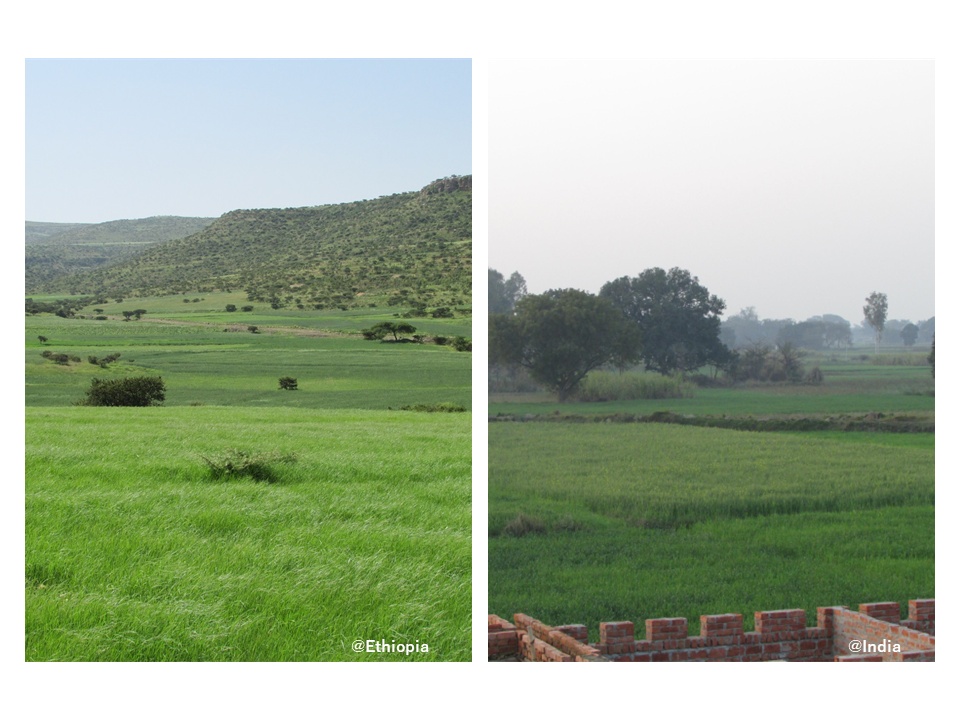Pick Up
815. Need for a Geographically Differentiated Fertilizer Strategy

815. Need for a Geographically Differentiated Fertilizer Strategy
Russia is one of the largest exporters of fertilizer and fertilizer production raw materials, but Russia's invasion of Ukraine in February 2022 led to a spike in natural gas prices, which in turn drove fertilizer production prices to record highs, resulting in higher food prices. Geopolitical conflicts and supply disruptions have served as a reminder of our vulnerability to the interconnected fuel-fertilizer-food nexus crisis.
A paper published June 29 in Nature Sustainability examines the effectiveness of geographically differentiated organic and fertilizer strategies in countries and regions that overuse and underuse nitrogen fertilizers.
According to the article, the price of chemically synthesized nitrogen fertilizers is linked to fluctuations in international fossil fuel supplies and prices. The production of nitrogen fertilizers consumes large amounts of fossil fuels, which in turn leads to greenhouse gas emissions. On the other hand, the dependence on nitrogen fertilizers varies greatly in different parts of the world. Therefore, a sharp increase in nitrogen fertilizer prices threatens food security, but countries that overuse nitrogen fertilizers should take different measures than countries that underuse nitrogen fertilizers.
Nitrogen is a critical determinant of yield in the production of cereals and other crops. The large-scale application of chemically synthesized nitrogen fertilizers ensures high crop yields, but is also the largest source of imbalances in the nitrogen cycle across planetary boundaries. On the other hand, nitrogen fertilizer use is highly uneven across the globe, leading to overfertilization in some regions and underfertilization in others.
In some cases, more than half of the nitrogen applied as fertilizer escapes into the environment, causing water pollution and greenhouse gas emissions. In such cases, it is necessary to introduce varieties and improve fertilizer application methods to improve nitrogen use efficiency.
On the other hand, in sub-Saharan Africa, where underuse occurs, organic and chemical fertilizer applications fall short of crop nutrient requirements, resulting in poor growth, limiting biomass production and carbon sequestration, and reducing soil fertility, which in turn affects soil health. Low economic returns to fertilizer investment for farmers and variability at the field level have been identified as some of the reasons for low application rates. In the face of absolute nitrogen and nutrient scarcity, improvements in nitrogen use efficiency are unlikely, and the addition of organic matter and the introduction of crops that biologically fix nitrogen are considered effective strategies.
To discuss policy responses to the nitrogen fertilizer crisis, the paper examines the effectiveness of spatially differentiated fertilizer strategies in the cases of three developing countries with food security challenges but different nitrogen fertilizer situations: India, with overuse of nitrogen fertilizer; Ethiopia, with underuse of nitrogen fertilizer in many areas, although nitrogen use varies widely by region and ecological zone; and Malawi, with underuse of nitrogen fertilizer in almost all regions, although nitrogen use varies widely by region and ecological zone. With respect to chemical fertilizers, the authors raised the need to prioritize nitrogen fertilizer supply in nitrogen-deficient and low-yielding areas, and to pursue a balanced use of nitrogen, phosphorus, potassium, and micronutrients in nitrogen fertilizer-overuse and high-yielding countries, such as the rice and wheat growing regions of India. The authors stressed the need for governments to invest in extension systems and review subsidies and other incentives to improve nitrogen application at the field level to enable such fertilizer strategies.
Among the JIRCAS agricultural technology development efforts targeting developing countries, the development of enhanced biological nitrification inhibition (BNI) crops and production systems in countries with excessive nitrogen fertilizer use, such as India, and crop and cropping technology development in African rice and field cropping systems are expected to contribute to geographically differentiated fertilizer strategies.
Reference
Snapp, S., Sapkota, T.B., Chamberlin, J. et al. Spatially differentiated nitrogen supply is key in a global food–fertilizer price crisis. Nat Sustain (2023). https://doi.org/10.1038/s41893-023-01166-w
Contributor: IIYAMAMiyuki (Information Program)
